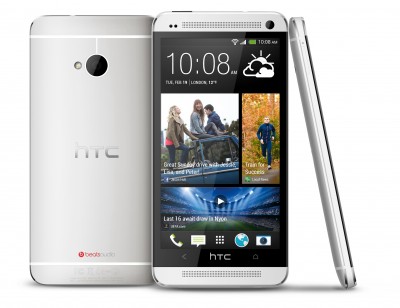 |
| Google's Bay View Googleplex |
In the past two years, Google did a little brainstorming about building something totally from scratch. It went so far that the company decided to hire the German architect Christophe Ingenhoven to design a new, eco-friendly structure on a site next to the existing Googleplex but they abandoned the project upon radically deciding to build in anleother part of Mountain View, closer to San Francisco Bay, and hiring a different architect: NBBJ from Seatt, a bit more conventional in nature.
The more you look at the plans, the more it hits you. The new complex has 9 somewhat identical buildings, most of those about 4 levels up in the air, shaped like rectangles which are bent in the middle to exhibit courtyards. Somne buildings have green roofs while they all by bridges, one of which will bring people straight to one of the green roofs (which has anoutdoor caf�).
The Bay View complex layout and floor plan that maximizes "casual collisions of the work force� No single employee in the million square feet campus will be more than a 2-minute walk away from any other employee. All the other Google offices have a mix of private, quiet work places and social work places and it will be no different at the new Google headquarters. �We started not with an architectural vision but with a vision of the work experience, And so we designed this from the inside out.�











